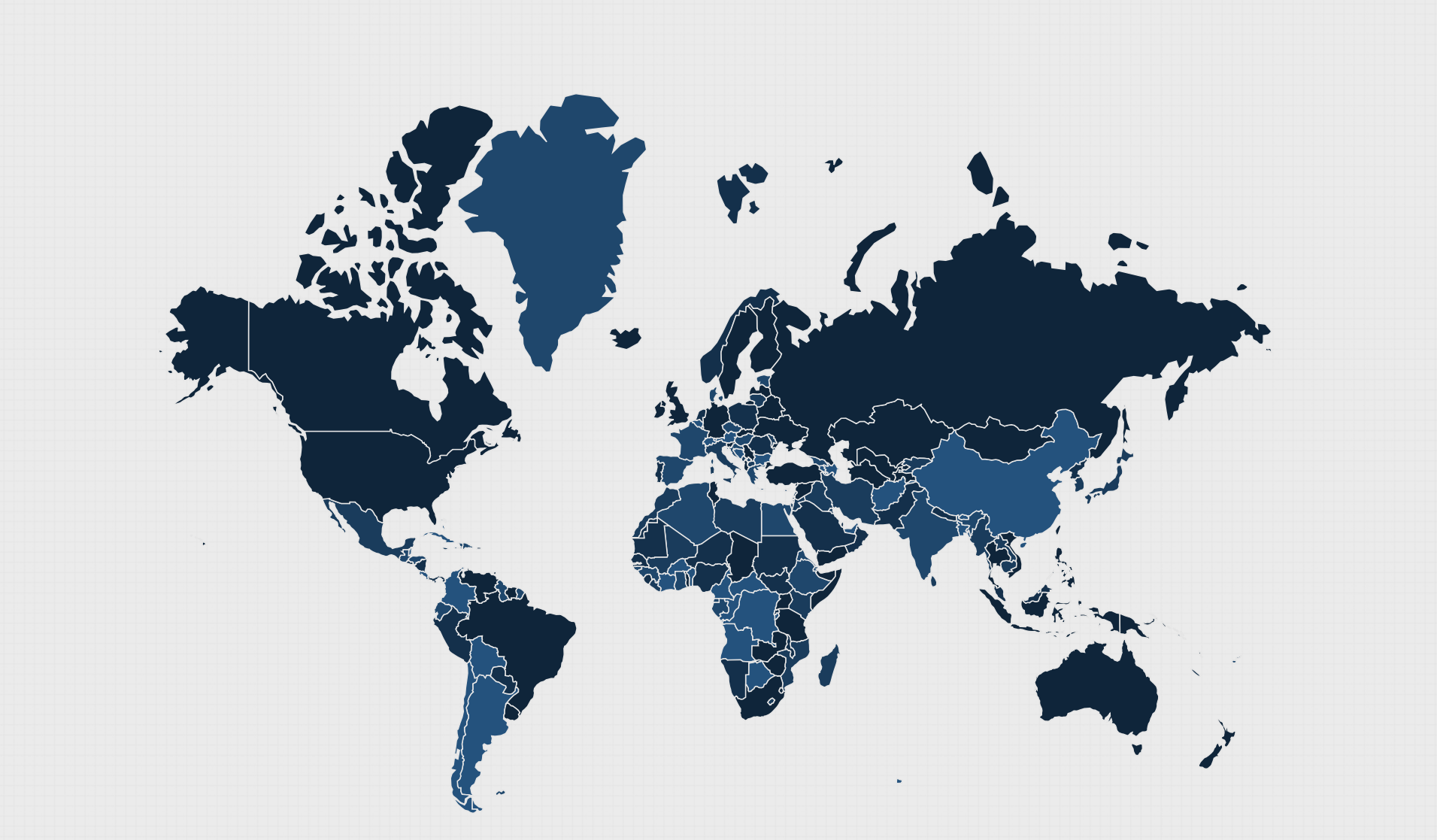Coronary Artery Disease
CAD happens when the arteries that supply blood to heart muscle become hardened and narrowed. This is due to the buildup of cholesterol and other material, called plaque, on their inner walls. This buildup is called atherosclerosis. As it grows, less blood can flow through the arteries. As a result, the heart muscle can’t get the blood or oxygen it needs. This can lead to chest pain (angina) or a heart attack. Most heart attacks happen when a blood clot suddenly cuts off the hearts’ blood supply, causing permanent heart damage.
Over time, CAD can also weaken the heart muscle and contribute to heart failure and arrhythmias. Heart failure means the heart can’t pump blood well to the rest of the body. Arrhythmias are changes in the normal beating rhythm of the heart.
- EKG (Electrocardiogram)
- Stress Testing
- Echocardiography
- Chest X Ray
- Blood Tests
The Human Cost
The number of people who die of cardiovascular diseases globally each year
Global mortality rate
- Coronary artery disease
- Stroke
- Dementia
- Diabetes
- Cancer
Women
%
A coronary event happens every…
Men
%
The cost of coronary disease USD
Countries where heart disease is the leading cause of death
The future of medicine is personalised
For some patients, treatment fails because the current generic method is not suitable for every individual. Differences in vessel shape and blood flow of the patient’s heart arteries influence the success or failure of the treatment.
Research Fellow Dr Susann Beier from the University of Auckland is currently investigating the improvement of treatment strategies to account for individual differences, moving the current clinical approach from a generic to a personalised effort.
The research group behind the Coronary Atlas Project have created the world’s first detailed statistical atlas of the anatomy and blood flow of the coronary arteries in normal and diseased patients to date.
By analysing the data of more than 600 patients, population blood vessel shape and blood flow can be explored using a combination of sophisticated super-computer simulations, 3D-printing and medical imaging.
Individual differences can be tested in the lab using anatomically correct coronary models tailored to specific patients and then 3D printed for clinical stent insertion. This will help to overhaul the current generic treatment approach to prevent complications and sudden deaths in many patients.
Through joint collaboration and the contribution of data – researchers and clinicians around the world who partner with the Coronary Atlas can positively influence patient outcomes, and stem the tide of mortality of the biggest killer in the world, coronary artery disease.
Donate
We strive to make a significant impact by discovering novel technologies and treatments for coronary artery disease. You or your organisation can support our research through donation and philanthropic funding directly through the UNSW Alumni & Giving campaign.
